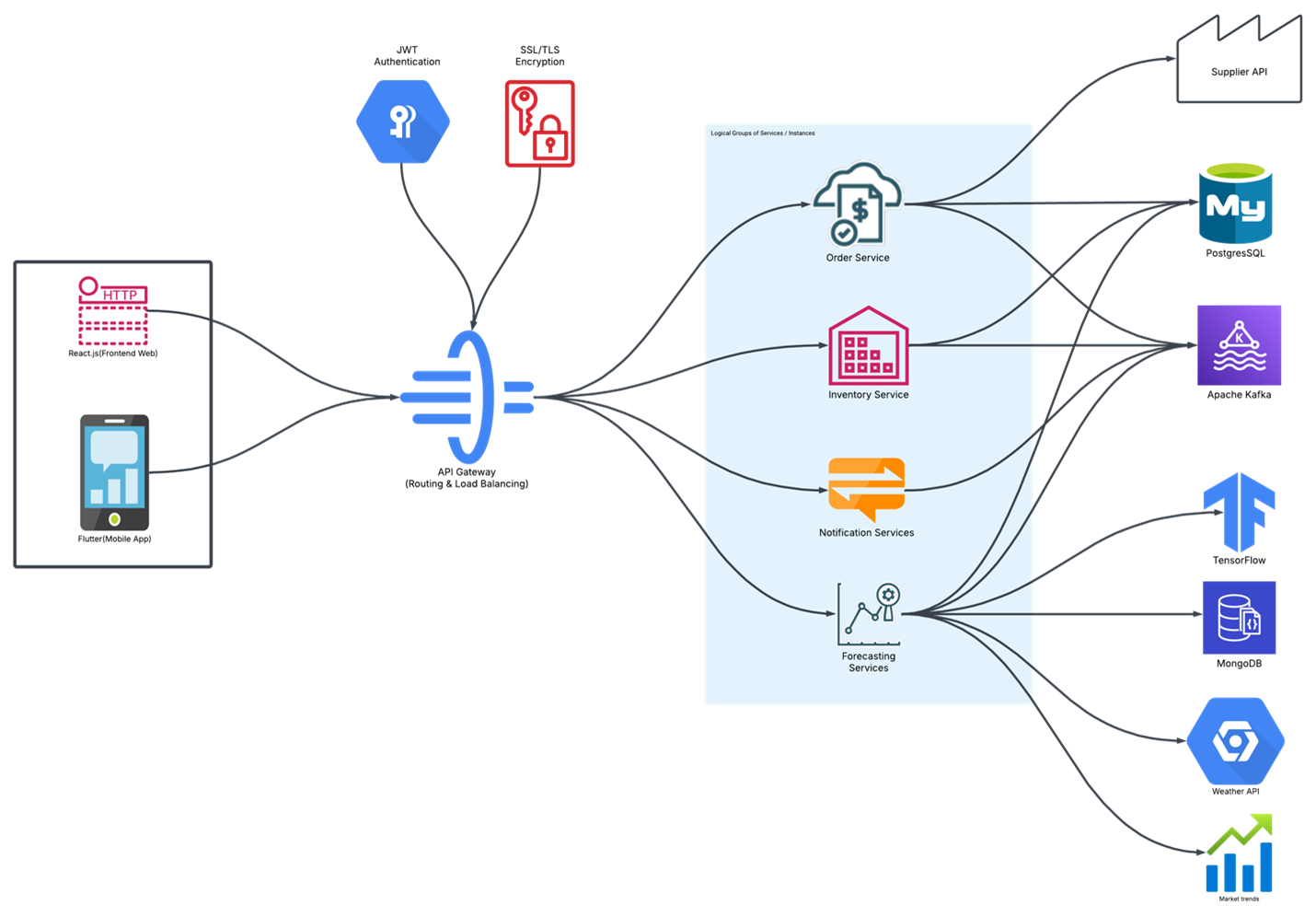My Experience with Smart Inventory Management: Learning Business Analysis in Action
 Sharon Jonallagadda
Sharon Jonallagadda
As part of my coursework, I recently worked on an assignment that required me to analyze a business problem and propose a tech solution using the Software Development Life Cycle (SDLC). The project was focused on Smart Inventory Management for Retail, where I explored how businesses can reduce overstocking and stockouts by leveraging data-driven decision-making. This experience helped me understand the key phases of SDLC, ROI calculations, and how to draft funding requests.
Understanding the Business Problem
Retail businesses often struggle with inventory issues, leading to wasted stock and financial losses. Through this assignment, I explored the common causes of these issues:
Overstocking – Excess perishable goods lead to waste and higher storage costs.
Stockouts – Running out of essential items affects sales and customer satisfaction.
Inefficient Manual Tracking – Without automation, inventory updates are slow and error-prone.
I learned that a key responsibility in business analysis is understanding business pain points before recommending solutions.
Applying the SDLC Process
This assignment required me to map out the SDLC phases for implementing a Smart Inventory Management System (SIMS):
Planning & Analysis – Defining the problem, gathering requirements from stakeholders, and assessing feasibility.
Design – Outlining the system's architecture, including potential AI-driven forecasting and automation features.
Development Considerations – Understanding how databases (PostgreSQL, MongoDB), cloud solutions (AWS), and machine learning tools (TensorFlow) might be used.
Testing & Deployment Strategies – Identifying how the system would be tested for accuracy and deployed across retail locations.
Maintenance & Continuous Improvement – Exploring how real-time monitoring and AI optimizations would support long-term efficiency.
This exercise helped me think like a business analyst, considering how a theoretical system could be designed before implementation.
Learning ROI Calculation & Funding Requests
One of the most valuable aspects of this assignment was understanding how to justify the cost of a business solution. I learned how to:
Calculate ROI – Estimating the financial impact of reduced waste, increased sales, and labor savings.
Draft a funding request – Outlining the budget required for software, hardware, and training.
Perform a break-even analysis – Determining how long it would take for cost savings to cover the investment.
For example, I calculated that reducing overstocking by 30%, increasing sales by 15%, and automating inventory tracking could lead to annual savings of $135,000. Understanding these financial aspects gave me insights into how businesses evaluate technology investments.
Key Business Analysis Skills I Gained
Understanding SDLC Phases – Learning how structured methodologies guide system development.
Stakeholder Requirement Gathering – Identifying business needs from different perspectives (store managers, suppliers, finance teams).
Process Analysis – Exploring automation and AI to improve efficiency.
Financial Justification – Learning to present ROI and funding requests for business decision-making.
Big-Picture Thinking – Developing a structured approach to problem-solving in business analysis.
Final Thoughts
This assignment gave me a strong theoretical foundation in business analysis, helping me understand how businesses approach tech-driven solutions. While I didn’t implement the system, I now have a clear understanding of how projects are planned, analyzed, and financially justified before development even begins.
Subscribe to my newsletter
Read articles from Sharon Jonallagadda directly inside your inbox. Subscribe to the newsletter, and don't miss out.
Written by

Sharon Jonallagadda
Sharon Jonallagadda
Pursuing my Master’s in IT. Documenting my journey as I work towards securing an internship and a full-time role. Sharing the knowledge and experiences I gain along the way.